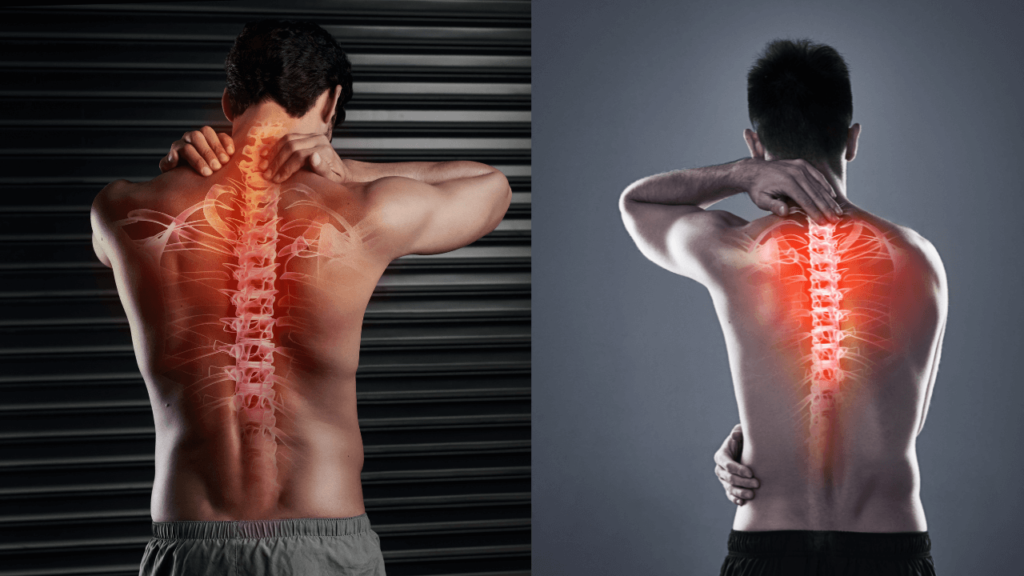Exercising at home can be convenient and effective, but it also comes with risks of certain common injuries. Here are some of the most frequent injuries, along with their causes, symptoms, and recommended treatments:
Common Injuries
1. Strains and Sprains
– Symptoms: Pain, swelling, bruising, limited range of motion, muscle spasms, and difficulty using the affected limb.

– Causes: Overstretching, improper form, or sudden movements.
– Treatment:
– Rest: Avoid activities that exacerbate the pain.
– Ice: Apply ice packs to reduce swelling and pain for 20 minutes every hour.
– Compression: Use an elastic bandage to compress the area and reduce swelling.
– Elevation: Keep the injured area elevated to reduce swelling.
– Additional Solutions: Apply a topical pain relief cream, take over-the-counter pain relievers like ibuprofen, and perform gentle massages to improve circulation.
– Supportive Exercises: Gentle stretching and range of motion exercises once acute pain subsides can help promote healing and restore mobility.
2. Tendinitis
– Symptoms: Pain and tenderness along a tendon, swelling, and a decrease in range of motion.
– Causes: Repetitive motions or overuse of a tendon, often in the shoulders, elbows, or knees.

– Treatment:
– Rest: Avoid activities that cause pain.
– Ice: Apply ice packs to the affected area.
– Anti-inflammatory Medication: Use NSAIDs like ibuprofen to reduce pain and inflammation.
– Physical Therapy: Engage in exercises to strengthen and stretch the affected tendon.
– Additional Solutions: Use a brace or splint to limit movement and protect the tendon, and consider ultrasound therapy for deep tissue healing.
– Supportive Exercises: Eccentric exercises, such as slow, controlled movements that lengthen the muscle, can help improve tendon strength and flexibility.
3. Back Injuries
– Symptoms: Pain, stiffness, muscle spasms, and difficulty standing or walking.
– Causes: Poor form during exercises, lifting weights improperly, or sudden movements.

– Treatment:
– Rest: Limit activities that cause strain on the back.
– Ice/Heat Therapy: Apply ice initially to reduce swelling, then use heat to relax muscles.
– Pain Relief: Use over-the-counter pain relievers as needed.
– Stretching and Strengthening Exercises: Perform exercises that strengthen the core and improve flexibility.
– Additional Solutions: Use a supportive back brace, try gentle yoga for back pain, and consider chiropractic adjustments if needed.
– Supportive Exercises: Core-strengthening exercises, such as planks and bird dogs, can help stabilize the spine and alleviate back pain.
4. Knee Injuries
– Symptoms: Pain, swelling, stiffness, instability, and difficulty bending or straightening the knee.
– Causes: High-impact activities, improper form, or overuse.

– Treatment:
– Rest: Avoid activities that put stress on the knee.
– Ice: Apply ice to reduce swelling and pain.
– Compression: Use a knee brace or wrap to provide support.
– Elevation: Keep the knee elevated to reduce swelling.
– Physical Therapy: Engage in exercises to strengthen the muscles around the knee.
– Additional Solutions: Consider using a topical pain relief gel, take glucosamine supplements for joint health, and apply kinesiology tape for additional support.
– Supportive Exercises: Quadriceps and hamstring strengthening exercises, such as leg presses and hamstring curls, can help stabilize the knee joint and improve function.
5. Wrist Injuries
– Symptoms: Pain, swelling, bruising, and difficulty moving the wrist or hand.
– Causes: Improper form during weight-bearing exercises or repetitive strain.

– Treatment:
– Rest: Avoid activities that put stress on the wrist.
– Ice: Apply ice to reduce swelling and pain.
– Splinting: Use a wrist splint to immobilize and support the wrist.
– Anti-inflammatory Medication: Use NSAIDs to reduce pain and inflammation.
– Additional Solutions: Perform gentle wrist stretches, use ergonomic tools to reduce strain, and consider acupuncture for pain relief.
– Supportive Exercises: Wrist strengthening exercises, such as wrist curls and wrist extensions, can help improve grip strength and stability.
6. Ankle Sprains
– Symptoms: Pain, swelling, bruising, instability, and difficulty bearing weight on the ankle.
– Causes: Rolling or twisting the ankle, often during high-impact activities or on uneven surfaces.

– Treatment:
– Rest: Avoid putting weight on the ankle.
– Ice: Apply ice to reduce swelling and pain.
– Compression: Use an elastic bandage to support the ankle.
– Elevation: Keep the ankle elevated above heart level to reduce swelling.
– Rehabilitation Exercises: Perform exercises to restore strength and flexibility.
– Additional Solutions: Use a brace or tape to support the ankle, apply a topical anti-inflammatory gel, and perform balance exercises to prevent future sprains.
– Supportive Exercises: Balance and proprioception exercises, such as single-leg stance and ankle circles, can help improve ankle stability and reduce the risk of future sprains.
Prevention Tips
– Warm-Up: Always start with a proper warm-up to prepare your muscles and joints for exercise.
– Use Proper Form: Ensure you are using the correct form and technique for each exercise to prevent strain and injury.
Suggested series of 7-minute exercises at home that are gentle yet effective.
– Start Slow: Gradually increase the intensity and duration of your workouts to allow your body to adapt.
– Use Appropriate Equipment: Ensure that your exercise equipment is in good condition and suitable for your fitness level.
– Stay Hydrated: Drink plenty of water to keep your muscles hydrated and functioning properly.
– Listen to Your Body: Pay attention to signs of pain or discomfort and stop if something doesn’t feel right.
By understanding these common injuries and how to treat them, you can exercise more safely and effectively at home.











